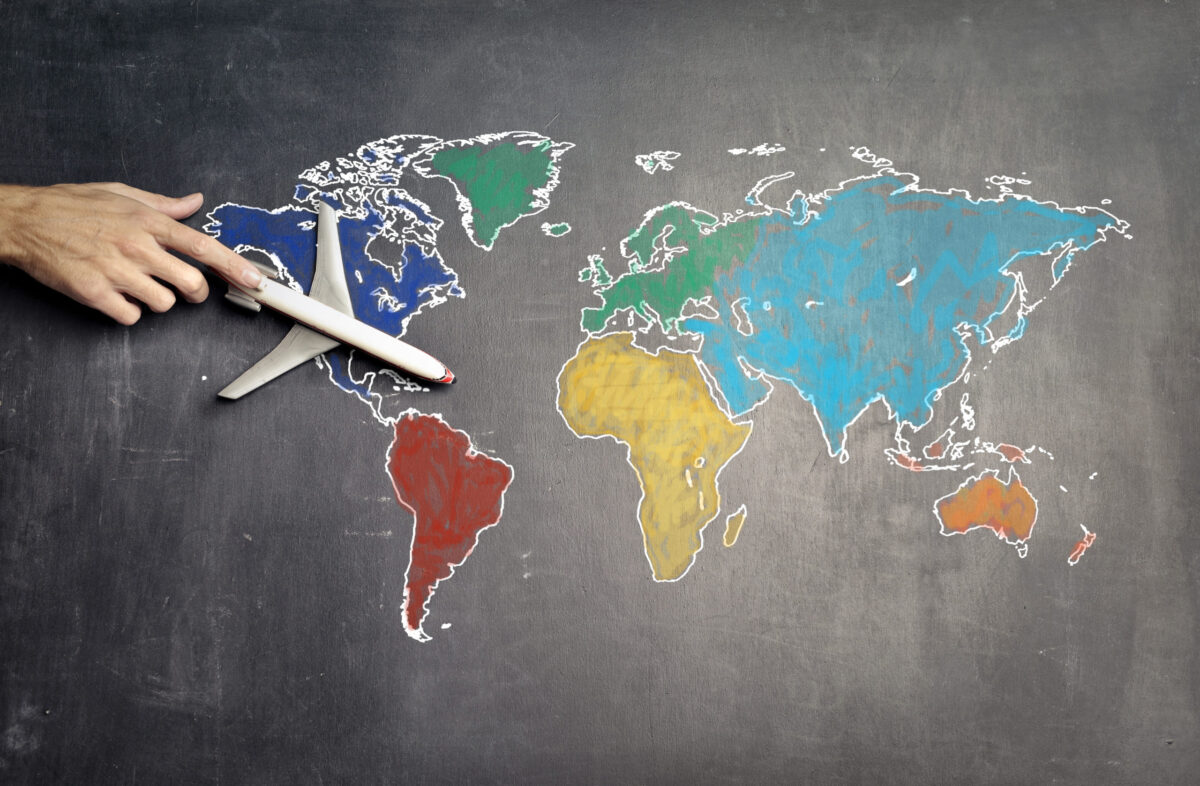




Research
RESEARCH
We provide data backed research in the field of Economics and Finance for policy evaluation
Data Analysis
DATA ANALYSIS & ANALYTICS
Reach out to us for business consultations and analytics to improve your organization performance and pass the right messages to your audience
Training
TRAINING
Become a Data Analyst expert by joining our one week training course. Get versatile with Microsoft Excel, Power-BI, SPSS and EViews
Logo

Gifted Analyst School
Gifted Analyst Cohort 2 1200 x 400px
ECONOMY

The rapid growth and innovation within the Nigerian Fintech industry have transformed the financial landscape and presented unique and complex tax challenges. As Fintech companies continue to disrupt traditional financial services and expand their operations, navigating the evolving taxation landscape has become critical. The growth and competition within the payment gateway industry, as exemplified by companies like Flutterwave, Paystack, Remita, Interswitch, and others, are truly remarkable to witness. As reported by the Central Bank of Nigeria (CBN), E-payment transactions in 2022 reached an impressive volume of 22 billion. At the same time, data from the Nigeria Inter-Bank Settlement Systems (NIBSS) shows that electronic transactions amounting to ₦38.9 trillion were conducted through the NIBSS Instant Payment platform (NIP) as of November 2022 (+50.2% vs November 2021: ₦25.9 trillion). This is a testament to the robust expansion of the Fintech sector in Nigeria, attracting policymakers in terms of supporting their growth and boosting tax collections from the sector. We will delve into the problems and obstacles at hand, while also exploring potential solutions for the way forward.

In Q4-2022, Nigeria’s external position improved, as the current account returned to a surplus position, primarily propelled by a higher trade balance surplus and reduced shortfalls in the services and primary income accounts. Specifically, the current account balance attained a surplus of $2.3 billion, a significant turnaround from the $2.1 billion deficit recorded in Q3-2022.
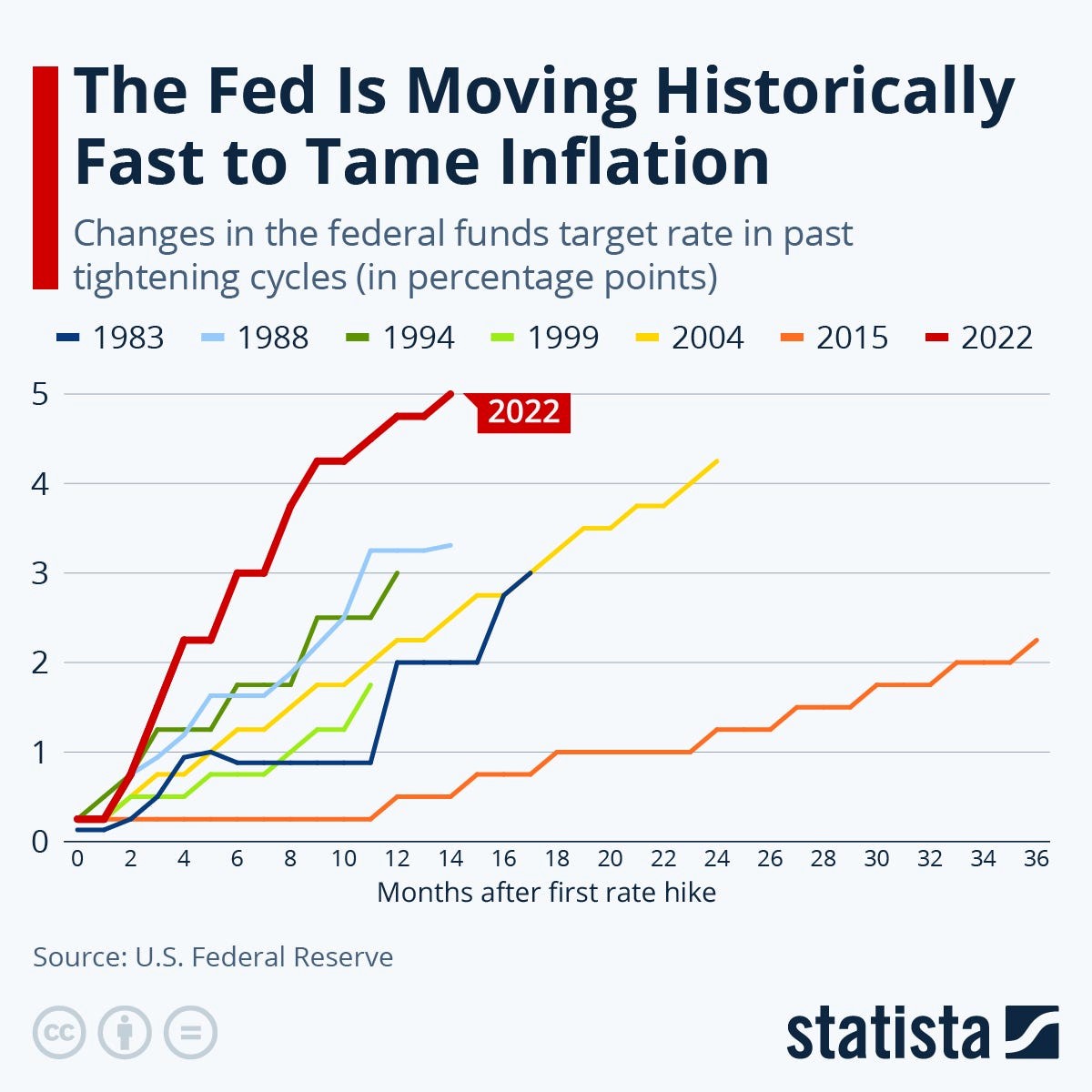


The Federal Reserve Bank of the United States of America, also referred to as “The Federal Reserve” or “The Fed” or “The U.S. Fed,” has an almost monopolistic influence on the functioning and operation of global economies. Due to the U.S. dollar’s status as the World Reserve Currency (WRC) and the currency of choice (or circumstance) for international trade and commerce. The Federal Reserve, which is the apex bank of the world’s largest economy, serves almost as the de facto central bank for the rest of the world, and as such, decisions made within its walls ripple through the halls of other central banks and international/continental financial institutions.
In the first of two pieces on this subject, I will make an effort to present a clear and short explanation of what monetary policy is, how the Federal Reserve has worked to rein in inflation in a manner that is consistent with the objectives that it has articulated, and how inflation is proving to be structural in the economies of the United States and the rest of the world.
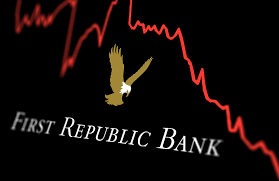

Prior to its failure, FRB was a California-based lender that served wealthy Americans with low-rate mortgages in exchange for cash, much as SVB, which catered to technology firms. However, things changed when the Federal Reserve (the Fed), started raising the benchmark interest rate in 2022 in response to escalating inflationary pressures in the world’s largest economy. Notably, the Fed increased the key policy rate by a cumulative 425bps in 2022, with rates now at their highest level since 2008. FRB’s assets suffered losses as a result, as did customer deposits, and the bank’s reputation was damaged.


According to the National Bureau of Statistics (NBS), Nigeria’s Gross Domestic Product (GDP) rose by 3.54% y/y in real terms in the second quarter of 2022 (Q2-2022). This shows that the economy expanded in Q2-2022 by 0.44% when compared to the 3.11% y/y recorded in the preceding quarter (Q1-2022) as the non-oil sector remains the key driver of growth. Similarly, this outturn represents an economic expansion on a year-on-year basis, albeit at a slower rate when compared to Q1-2021 (5.01% y/y) as the growth rate declined by 1.47%.
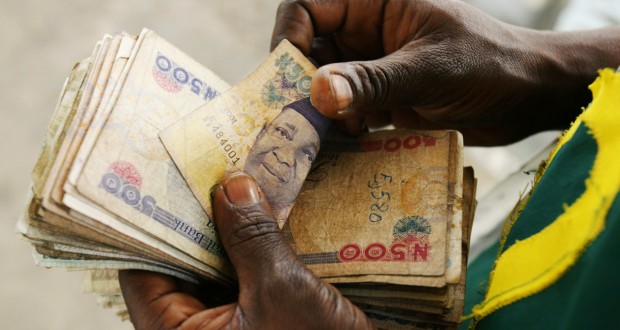

An examination of the NBS inflation data shows that this is the highest since September 2005 when the inflation rate hit 24.32% year-on-year. On a month-on-month basis, the headline inflation rose by 1.82% in July 2022. This is the same as the rate recorded in June 2022 (1.82% m/m). In our view, higher energy prices and continued depreciation of the local currency against the US Dollar were the key drivers behind this uptick.
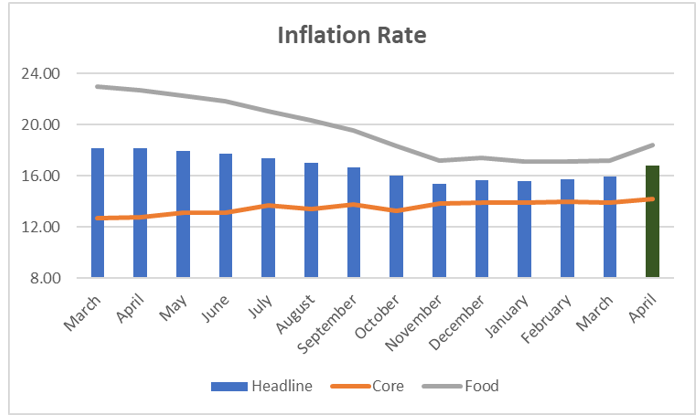

We expect headline inflation to continue its upward trend in the coming months due to the supply disruptions that have ensued from the conflict in Eastern Europe which has left a mark on the local economy, given Nigeria’s dependency on imported energy and food. These factors will consequently lead to an uptick in the prices of goods and services. Also, FX pressures in the FX market will further fuel inflation expectations.
On the policy end, there is the possibility of an upward adjustment in the Monetary Policy Rate (MPR), in an attempt to keep the net foreign flows positive and also signal the monetary authority’s concern regarding inflation. However, the CBN could continue its current stance by judging that Nigeria’s inflation has a different set of drivers and as such may not respond to monetary policy decisions. Hence, we think the CBN would call on the fiscal authorities to address the structural impediments to food supply to contain higher prices. Therefore, we expect that at the next monetary policy committee meeting, the committee will hold the benchmark interest rate constant at 11.50% in order to continue to maintain post-covid economic recovery.
BUSINESS & FINANCE


The Finance Act of 2023 (FA2023 or the Act) was officially signed into law on May 28, 2023, under the leadership of His Excellency, former President Muhammadu Buhari, GCFR. The commencement date for these amendments is September 1, 2023, as per the Finance Act (Effective Date Variation) Order of 2023, signed by His Excellency, President Bola Ahmed Tinubu, GCFR, on July 6, 2023. This Act represents the fourth iteration of the Finance Act series, which commenced in 2019. It primarily refines and clarifies certain modifications introduced by its predecessors, namely the Finance Acts of 2019, 2020, and 2021, aligning them more closely with the government’s fiscal objectives and the current economic landscape. This article will focus on amendments made by the Finance Act 2023 to the Customs, Excise Tariff, etc. (Consolidation) Act (CETA) and an overview of its economic Impact.


In an ever-evolving economic landscape, Nigeria stands at a critical juncture, poised to reform its tax system to address the longstanding challenges faced by both taxpayers and tax collectors. The burden of taxation has weighed heavily on individuals and businesses for years, often accompanied by inefficiencies in revenue collection that hinder the government’s ability to provide essential services. However, with a renewed commitment to tax reform exemplified by initiatives like the newly established Presidential Fiscal Policy and Tax Reform Committee, Nigeria is embarking on a transformative journey aimed at not only lightening the load on its taxpayers but also streamlining the processes for tax collection. This paradigm shift signifies an important moment in the nation’s fiscal history, promising improved equity, transparency, and efficiency in the tax system, ultimately fostering economic growth and development for the benefit of all stakeholders. Therefore, the objective of this article is to examine reforms that can alleviate the challenges faced by both tax collectors and taxpayers.


Let us take a closer look at the financial summary of Bayo, a single tech professional living alone. Based on the information available, we can help him plan his finances effectively. Kindly note, the methodology used in this case study is not following an accounting standard, nor would I call it proper accounting even though we are following some principles. Some rules have been modified to fit our objectives.
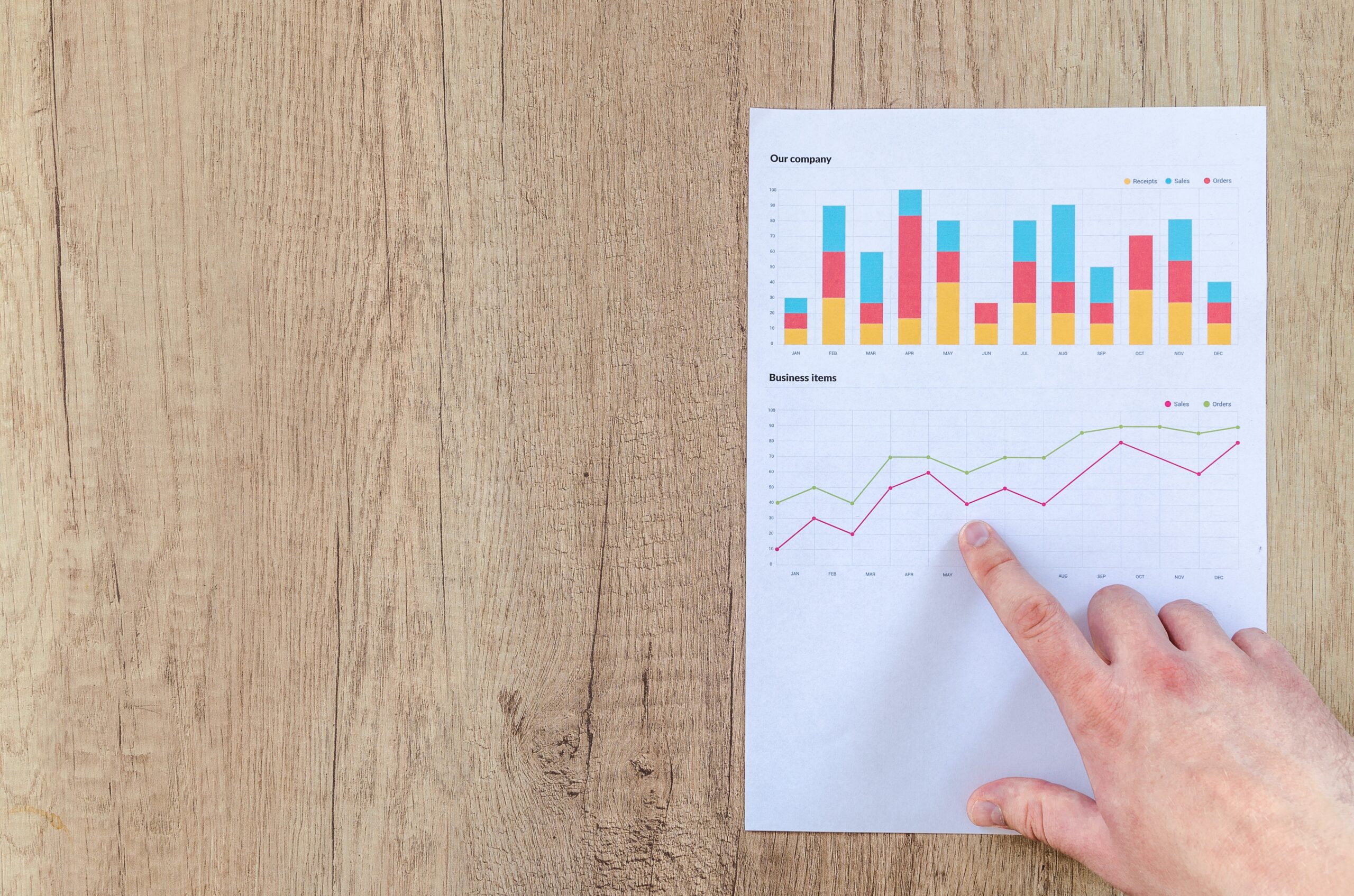

Let’s say you want to start investing, creating an emergency fund, making provisions for current and future expenses, saving towards a goal, understanding your current financial position, and planning for the future. How do you keep track of your finances? How do you identify your expense pain points? While there are applications that can help with this, it’s important to have a thorough understanding of your financial standing through a spreadsheet that you create yourself. Everyone’s situation is different, but there is a foundation that we can all start from.


There are both advantages and disadvantages to including share buybacks cash flows in the valuation. One advantage is that it provides a more accurate representation of how the company is returning cash to its shareholders. Since share buybacks are another means by which companies return cash to shareholders, it makes sense to include them in the valuation. Another advantage is that including share buybacks can provide a more accurate picture of the company’s financial health. If a company consistently buys back shares, it may indicate confidence in its future earnings.
On the other hand, one disadvantage of including share buybacks cash flows in the valuation is that it can make the valuation more complex. Since share buybacks are not as straightforward as dividends, accurately factoring them into the valuation can be more challenging. Additionally, share buybacks can be less predictable than dividends, making it more difficult to accurately forecast future cash flows.


The Hershey Company is a leading American multinational chocolate manufacturer that also produces baked goods, beverages, and other products. Operating under 80 brands in 70 countries, Hershey’s is a global leader in chocolate, sugar confectionery, and chocolate related grocery products. The company prides itself on its values driven approach to snacking, offering moments of goodness through its more than 90 brands and products. Hershey’s values include togetherness, integrity, making a difference, and excellence.
Hershey’s offers a wide variety of flavours, sizes, and variations of its products. Popular items include Hershey’s Milk Chocolate Bar, Hershey’s Special Dark Mildly Sweet Chocolate Bar, Hershey’s Air Delight Chocolate Bar, Hershey’s Milk Chocolate with Almonds Bar, Hershey’s Cookies ‘ Creme Bar, Hershey’s Drops, and Hershey’s Miniatures. The company sells its products to a diverse range of customers through various channels, including its own retail stores and online. With a wide range of products catering to different income and age groups, Hershey’s target market is essentially everyone.


Apple is the largest technology company in the world in terms of revenue and market capitalization and is
among the Big Five American information technology companies, which also includes Alphabet (Google), Amazon, Meta (Facebook), and Microsoft. The Americas is Apple’s biggest regional market, encompassing both North and South America. Other significant markets include Europe (comprising European countries as well as India, the Middle East and Africa), Greater China (encompassing mainland China, Hong Kong, and Taiwan), Japan, and the Rest of Asia Pacific (including Australia and other Asian countries not included in the company’s other reportable segments).


With the Nigerian government’s
ongoing focus on promoting agricultural development through its policies and budgetary plans, Flour Mills Nigeria Plc can leverage this support to build a strong agribusiness that can meet domestic food demand, generate export revenue, and create jobs. How
effectively is the company taking
advantage of this opportunity?
ANALYTICS
![[INFOGRAPHICS] South African Vs Nigeria Banks (H1’2020)](https://giftedanalysts.com/wp-content/uploads/2020/09/H1-BANKS-02-scaled.jpg)
![[INFOGRAPHICS] South African Vs Nigeria Banks (H1’2020)](https://giftedanalysts.com/wp-content/uploads/2020/09/H1-BANKS-02-scaled.jpg)
South African banks are bigger than Nigerian banks in terms of Total Assets. However, Nigerian banks are more profitable, looking at return on Assets. Return on Assets talks about how they are able to utilize their balance sheet (mostly made up of deposits) to drive revenue. Return on Assets = Profit/Total assets. But why are Nigerian banks doing better? Take a look at the MPR. The MPR is the benchmark rate for asset pricing. For example, banks will set loan rate at MPR + Premium. For example, 12.5+3.5 = 16%. For South African banks, the MPR is low, hence the interest they will earn on loan will be lower compared to Nigerian banks. This means their interest income will be lower, hence their Return on Assets will be lower.
AFRICA & WORLD ECONOMY



The Federal Reserve Bank of the United States of America, also referred to as “The Federal Reserve” or “The Fed” or “The U.S. Fed,” has an almost monopolistic influence on the functioning and operation of global economies. Due to the U.S. dollar’s status as the World Reserve Currency (WRC) and the currency of choice (or circumstance) for international trade and commerce. The Federal Reserve, which is the apex bank of the world’s largest economy, serves almost as the de facto central bank for the rest of the world, and as such, decisions made within its walls ripple through the halls of other central banks and international/continental financial institutions.
In the first of two pieces on this subject, I will make an effort to present a clear and short explanation of what monetary policy is, how the Federal Reserve has worked to rein in inflation in a manner that is consistent with the objectives that it has articulated, and how inflation is proving to be structural in the economies of the United States and the rest of the world.


The resurgence of the pandemic and the latest variant, Omicron, have sharply increased uncertainty around global economic prospects. This comes as several countries grapple with inflation well above their monetary policy targets. It is however evident that the strength of the economic recovery and magnitude of underlying inflationary pressures vary significantly across countries. Accordingly, policy responses to rising prices must be calibrated to the unique circumstances of individual economies.


Spot prices for natural gas have more than quadrupled to record levels in Europe and Asia, and the persistence and global dimension of these price spikes are unprecedented. Typically, such moves are seasonal and localized. Asian prices, for example, saw a similar jump last year but those didn’t spill over with an associated similar rise in Europe.
Our expectation is that these prices will revert to more normal levels early next year when heating demand ebbs and supplies adjust. However, if prices stay high as they have been, this could begin to be a drag on global growth.
Meanwhile, ripple effects are being felt in coal and oil markets. Brent crude oil prices, the global benchmark, recently reached a seven-year high above $85 per barrel, as more buyers sought alternatives for heating and power generation amid already tight supplies. Coal, the nearest substitute, is in high demand as power plants turn to it more. This has pushed prices to the highest level since 2001, driving a rise in European carbon emission permit costs.


The global recovery continues but momentum has weakened, hobbled by the pandemic. Fueled by the highly transmissible Delta variant, the recorded global COVID-19 death toll has risen close to 5 million and health risks abound, holding back a full return to normalcy. Pandemic outbreaks in critical links of global supply chains have resulted in longer than expected supply disruptions, feeding inflation in many countries. Overall, risks to economic prospects have increased and policy trade-offs have become more complex.


The good news for policymakers is that long-term inflation expectations are well anchored, but economists still disagree about how enduring the upward pressure for prices will ultimately be.
Some have said government stimulus may push unemployment rates low enough to boost wages and overheat economies, possibly de-anchoring expectations and resulting in a self-fulfilling inflation spiral. Others estimate that pressures will ultimately be transitory as a one-time surge in spending fades.


The Evergrande story is bigger than just one company. It’s about China’s unsustainable model of economic growth, which has relied on endless investment and a mad, debt-fueled development frenzy in recent years. That model helped China soar, but the country is now experiencing some turbulence. Last week, some alarmist observers were calling this China’s “Lehman moment” — a reference to the collapse of Lehman Brothers that preceded the 2008 financial crisis — but China-focused economists argue that’s overblown.


By looking beyond commodities, the research shows that economy-wide policies such as governance and education help foster diverse exports more than narrowly targeted industrial policies, a finding that can better guide nations aiming to expand their international trade.
The examination of 201 countries and territories goes beyond the economic complexity indices that have traditionally been used by economists. Those proxies for the productive capability of a given economic system have strong sensitivity to commodities, which can distort their accuracy.
AGENCIES


By JACOB BATHANTI and DEBRA LADNER / Image Credit: World Bank As COVID-19 (coronavirus) spreads around the world, governments and development organizations are thinking hard about how to respond effectively. Trajectories of the epidemic have varied widely among countries as governments adopt a range of policies to contain it. These efforts raise the question of what lessons we can glean from previous experiences in combating novel disease outbreaks. We examined four case studies of epidemic response and recovery from the Global Delivery Initiative (GDI): three from past outbreaks, and one new case: Building a more resilient health system after Ebola in Liberia Financial inclusion and resilience: How BRAC’s microfinance program recovered from the West Africa Ebola crisis How Nigeria’s Centre for Disease Control contained Lassa Fever, 2015-2017 (Forthcoming) The Republic of Korea’s First 70 Days of Responding to the COVID-19 Outbreak GDI case studies trace the implementation of development interventions, focusing on delivery challenges (the non-technical problems that impede interventions from achieving their hoped-for results) and how practitioners address these obstacles. Examining implementation processes in context helps surface innovations to inspire practitioners facing similar challenges, since many delivery challenges recur across contexts and interventions. In the cases we analyzed, a host of delivery challenges emerged as practitioners raced to implement effective responses. What were the greatest challenges? Basic infrastructure. Shortfalls of basic health infrastructure and equipment hindered Nigeria’s response to the 2015 Lassa outbreak as well as Liberia’s response to Ebola in 2014. These ranged from too few ambulances to a lack of testing capacity (at one point, Liberia’s health authorities had to send samples to Guinea to test for Ebola). Coordination. Cooperation across a wide range of partners and stakeholders is crucial in epidemic situations. Yet such coordination can be difficult. In Liberia, the government found that international partners sometimes followed their own playbooks instead of coordinating with each other and with the government. In Nigeria, the country’s federal system added a layer of complexity, as some state governments took their responses to Lassa more seriously than others. Organizational capacity, communication and engagement. The Liberia and Nigeria case studies documented shortages of frontline staff and technical capacity of some teams, hindering response time and impeding surveillance. As it struggled to keep ongoing microfinance programs afloat in Liberia and Sierra Leone during the 2014 Ebola crisis, development partner BRAC relied on remote communications such as Skype with its in-country staff. But communication with clients was more difficult. As a result, management sometimes had an incomplete picture of what was happening on the ground. Lessons and reflections What do these case studies tell us about tackling delivery challenges in an epidemic, and about creating resilient systems? We suggest four lessons that emerge from the cases 1. The importance of adaptive learning for effective responses. Learning from experience is crucial, both for effective emergency response and to rebuild for the future. Korea’s response to an outbreak of Middle East Respiratory Syndrome (MERS) in 2015 was seen as slow and opaque, but lessons from this experience have informed its effective response to the COVID-19 outbreak. In Nigeria’s response to Lassa in 2015, the government moved quickly, spurred by memories of the recent Ebola epidemic. And Nigeria’s Centre for Disease Control (NCDC) examined past responses to Lassa fever outbreaks to improve its response through systematic learning. 2. Coordination is hard – but vital. Cooperation and coordination are urgently needed during epidemic responses. This includes coordination among government agencies, across countries, and with a host of development and international organizations. In Liberia during the Ebola outbreak, the government found it difficult to coordinate among the many stakeholders working to combat the disease. The challenges persisted even after the outbreak and impacted efforts to strengthen the health system. Coordination challenges can be mitigated when leaders use their convening power to bring key stakeholders together. For example, the NCDC had authority to lead disease responses and coordinate among agencies. Korea’s government moved quickly to convene and work with the private sector to develop testing. 3. Effective public engagement is essential. Communication and transparency are crucial, because public behavior and trust can have profound impacts on epidemic response. In Nigeria, a decentralized communications strategy empowered the NCDC to reach out to communities affected by Lassa fever using social media and WhatsApp. In Korea, leaders recognized the need for transparency to build trust after MERS. Communications on COVID-19 have been proactive, with regular online updates, text messages, and a massive new call center to answer questions from the public. 4. Investments in frontline workers – and systems to support them – are critical. In Liberia, health workers were overstretched even before Ebola. After the epidemic, the government trained new cadres of community health assistants, strengthened the disease surveillance system, and invested in testing capacity. By 2018, these investments were bearing fruit, enabling the government to respond more quickly to outbreaks including Lassa, monkeypox, and meningococcal disease. Similarly, BRAC found that supporting frontline staff throughout the Ebola crisis influenced its quick recovery in Liberia and Sierra Leone. The Global Delivery Initiative is a partnership of over 50 organizations focused on operational insights to better understand what works in implementation. Jacob Bathanti is an editor for the Future Development blog and Debra Ladner is Program Lead for the Global Delivery Initiative as well as Senior Knowledge Management Specialist of the World Bank.


The Great Lockdown is expected to play out in three phases, first as countries enter the lockdown, then as they exit, and finally as they escape the lockdown when there is a medical solution to the pandemic. Many countries are now in the second phase, as they reopen, with early signs of recovery, but risks of second waves of infections and re-imposition of lockdowns. Surveying the economic landscape, the sheer scale and severity of the Global Lockdown are striking.


Compared to the April World Economic Outlook forecast, the IMF now projects a deeper recession in 2020 and a slower recovery in 2021. Global output is projected to decline by -4.9 percent in 2020, 1.9 percentage points below our April forecast, followed by a partial recovery, with growth at 5.4 percent in 2021.


The COVID-19 pandemic could be a game changer for digital financial services. Low income households and small firms can benefit greatly from advances in mobile money, fintech services and online banking. Financial inclusion as a result of digital financial services can also boost economic growth. While the pandemic is set to increase use of these services, it has also posed challenges for the growth of the industry’s smaller players and highlighted unequal access to digital infrastructure. Several actions will need to be taken to ensure maximum inclusion going forward.
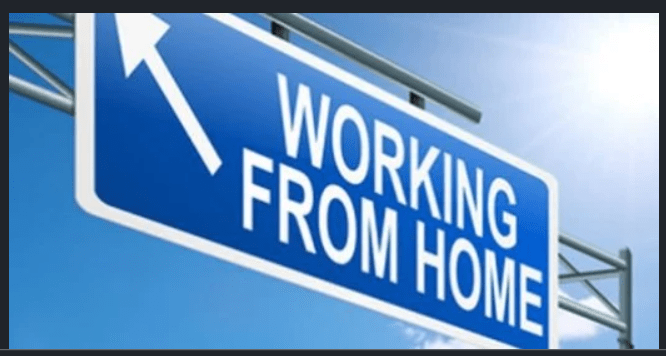

The COVID-19 pandemic is devastating labor markets across the world. Tens of millions of workers lost their jobs, millions more out of the labor force altogether, and many occupations face an uncertain future. Social distancing measures threaten jobs requiring physical presence at the workplace or face-to-face interactions. Those unable to work remotely, unless deemed essential, face a significantly higher risk of reductions in hours or pay, temporary furloughs, or permanent layoffs. What types of jobs and workers are most at risk? Not surprisingly, the costs have fallen most heavily on those who are least able to bear them: the poor and the young in the lowest-paid jobs.


The ongoing COVID-19 pandemic has already prompted an unprecedented fiscal policy response of close to $11 trillion worldwide. But with confirmed cases and fatalities still rising fast, policymakers will have to keep the public health response their No. 1 priority while retaining supportive and flexible fiscal policies and preparing for transformational economic change.
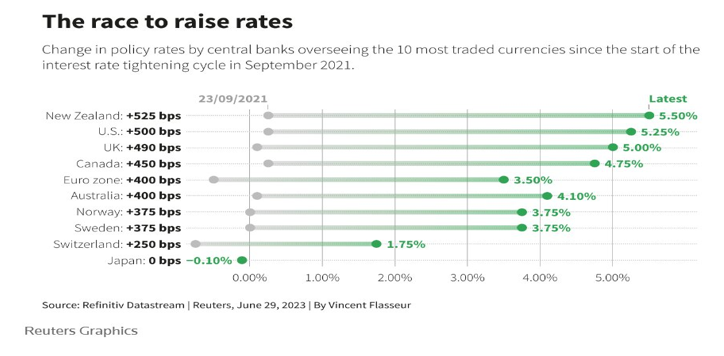
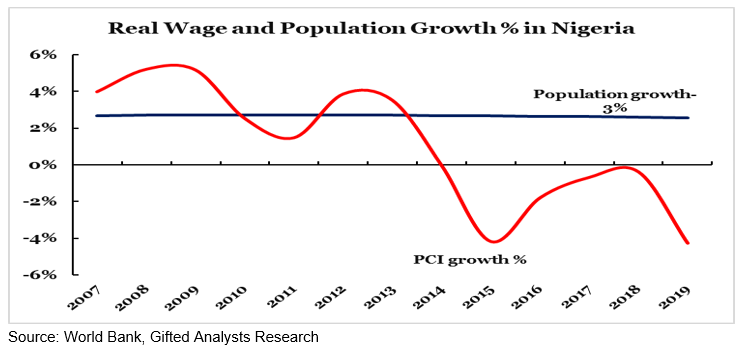

![[Infographics] Financial Performance Summary of Selected Companies in Nigeria (2020)](https://giftedanalysts.com/wp-content/uploads/2021/04/MTNN-scaled.jpg)
![[INFOGRAPHICS] Banks’ Proportion Of Low-Cost Deposit(% CASA Mix, H1:2020)](https://giftedanalysts.com/wp-content/uploads/2020/09/DATA-02-2-scaled.jpg)
![[INFOGRAPHICS] Regional Unemployment Rate (August 2020)](https://giftedanalysts.com/wp-content/uploads/2020/09/New-Data-07-1-scaled.jpg)
![[INFOGRAPHICS] E-Business % Of Revenue of Nigerian Banks (H1’2020)](https://giftedanalysts.com/wp-content/uploads/2020/09/Artboard-3-copy-scaled.jpg)
![[INFOGRAPHICS] Cash As A % Of Total Payments(Selected Countries)](https://giftedanalysts.com/wp-content/uploads/2020/09/New-Data-06-scaled.jpg)
![[INFOGRAPHICS] Poverty Rate By Sectors In Nigeria](https://giftedanalysts.com/wp-content/uploads/2020/09/Banks-2020-06.jpg)
![[INFOGRAPHICS]Nigerian Banks by Total Deposits as at H1’2020.](https://giftedanalysts.com/wp-content/uploads/2020/09/Banks-2020-02-scaled.jpg)
![[INFOGRAPHICS] Loan Book and Non-Performing Loan of Nigerian Banks as at H1’2020](https://giftedanalysts.com/wp-content/uploads/2020/09/Banks-2020-03-1-scaled.jpg)


